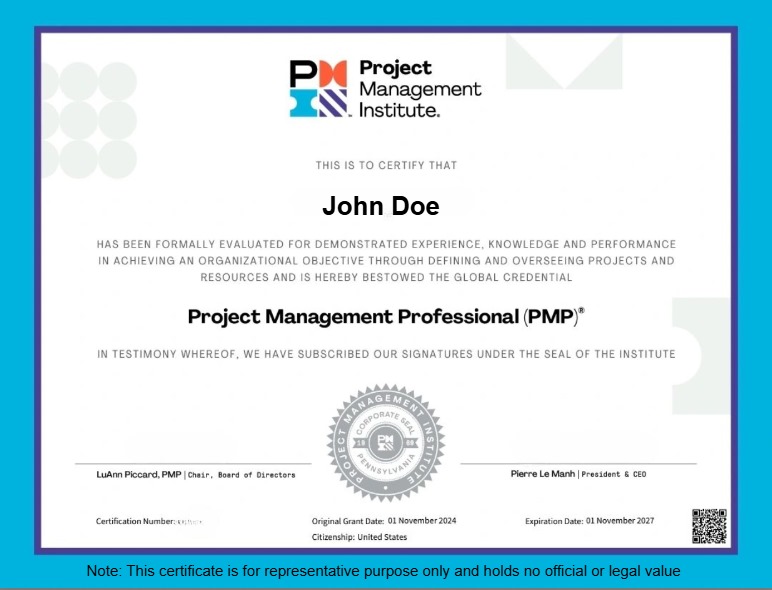Your Shopping Cart

The Data Warehousing Certification Training is designed to provide learners with a comprehensive understanding of data warehouse concepts, architecture, and implementation. This course is ideal for data engineers, business intelligence professionals, and IT professionals looking to master data modeling, ETL processes, and data integration techniques. Achieving this certification enhances career opportunities in data analytics and business intelligence.
Master Data Warehousing: Learn data warehouse design, ETL workflows, and business intelligence integration.
Career Growth: Gain a globally recognized certification in data warehousing and analytics.
Hands-on Labs: Work on real-world projects using data warehousing tools.
In-Demand Skills: Learn data modeling, extraction, transformation, and loading (ETL).
Globally Recognized Certification: Showcase your expertise in data warehousing to employers worldwide.
The Data Warehousing Certification Training validates your ability to design, implement, and optimize data warehouse solutions using modern data technologies.
1. Data Engineers working on data warehouse design and ETL development. 2. Business Intelligence Professionals integrating data for analytics and reporting. 3. ETL Developers looking to streamline data processing workflows. 4. Beginners looking to start a career in data warehousing and analytics.
1. Comprehensive curriculum covering data warehouse fundamentals. 2. Hands-on practice with real-world data scenarios. 3. 24/7 expert support for technical guidance.
1. What is a data warehouse? - Definition and explanation of the four terms - subject oriented, integrated, non volatile and time variant
2. Need for a data warehouse 3. Difference between a database and a data warehouse. OLTP and OLAP? 4. Datamart - The smaller cousin of the data warehouse
5. ODS - Operational Data Store - Definition and explanation of 4 terms - Subject oriented, Integrated, Current, Volatile, Detailed
6. Benefits of ODS 7. Design approach - Top down approach, bottom up approach, Federated
1. Dimensions and facts - What are dimensions and facts?
2. Types of dimensions - emphasis on SCD 1,2,3 implementations 3. Types of facts 4. What are hierarchies - Types of Hierarchies
1. Normalization
2. Schemas - What is a schema. Types - Star, Snowflake, Galaxy 3. Significant role of meta data
1. Requirement gathering
2. Principles of dimensional modelling
3. Modeling - ER diagrams
1. ETL Concept - Architectural components - like Source, Staging, Atomic, Dimension
2. Transformation - Data Validation, Data Accuracy, Data Type Conversion, Business Rule Application
3. Data Loading techniques.
Discuss a project, its problem statement, probable solutions, and implement one solution.
we are happy to help you 24*7
